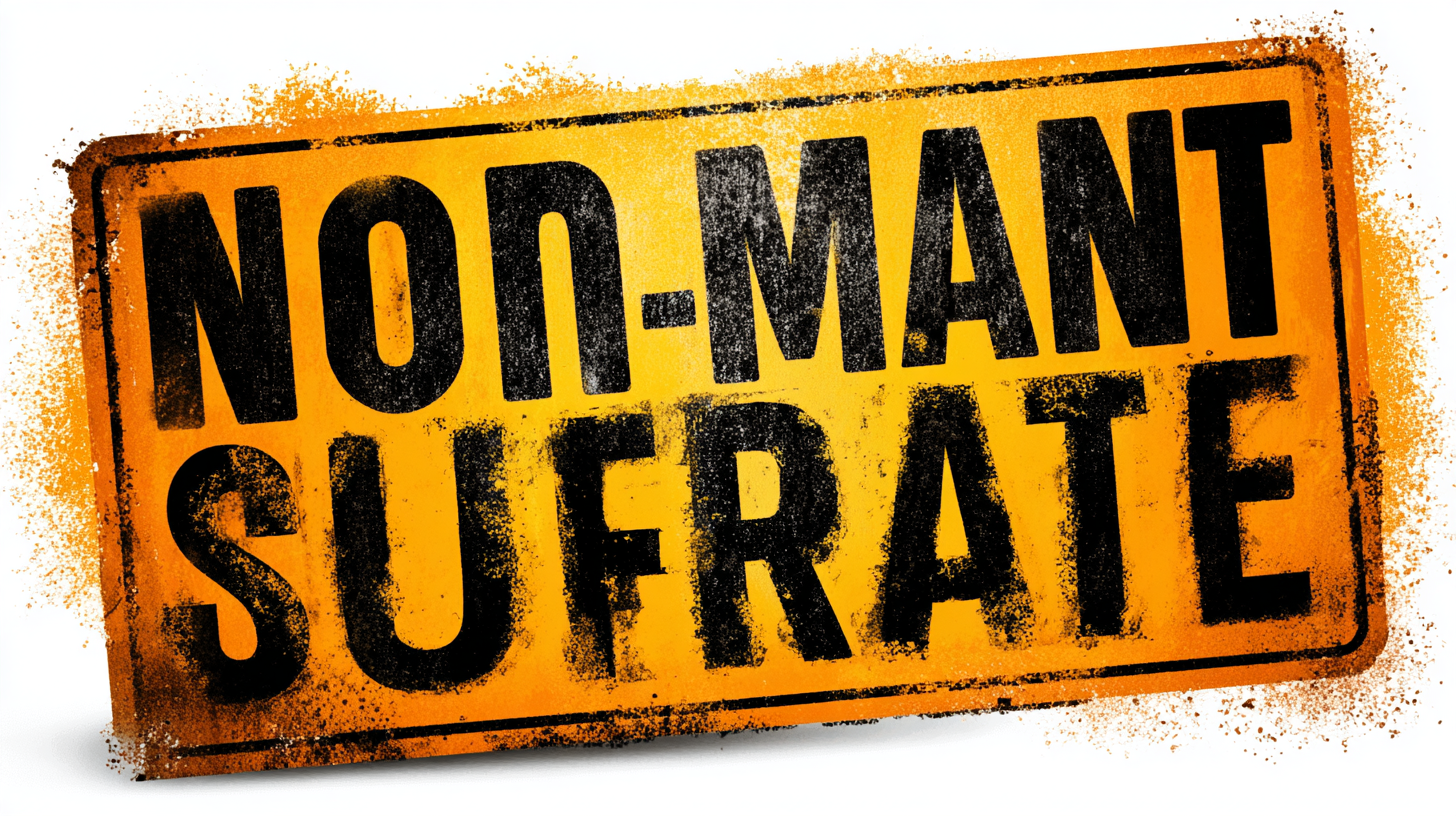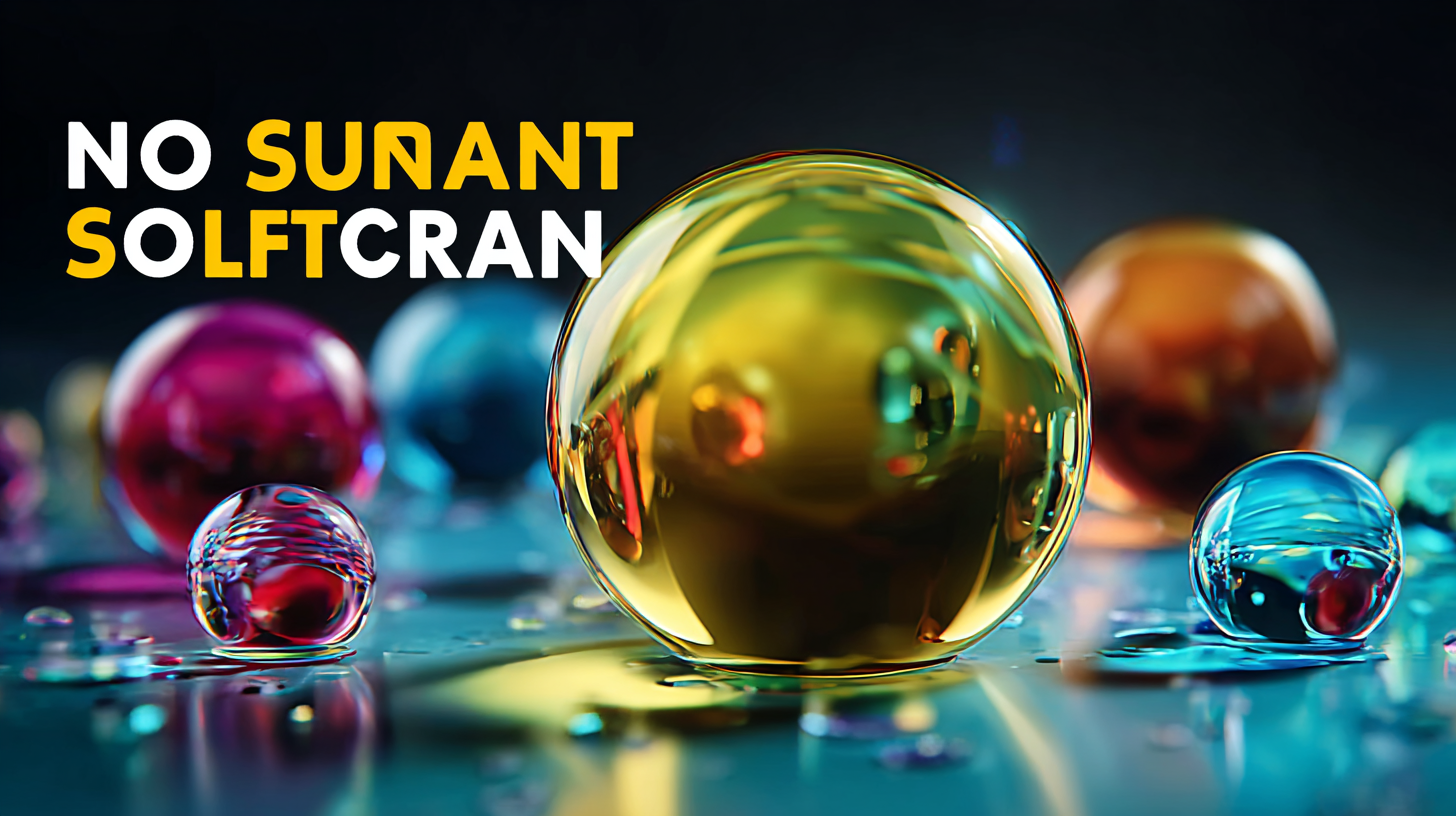
Ultimate Guide to Understanding Best Non Surfactant Solutions for Your Business
In today’s rapidly evolving business landscape, the demand for eco-friendly and innovative cleaning solutions has never been higher. According to a report by Smithers, the global market for non-surfactant cleaning agents is projected to reach $45 billion by 2025, driven by increasing consumer awareness and regulatory pressures for sustainable practices. Non surfactant products, which include alternatives derived from natural sources, have gained traction for their efficiency in maintaining cleanliness without the adverse environmental impact associated with traditional surfactants. As industries prioritize sustainability and safety in their operations, understanding the best non surfactant solutions becomes imperative for businesses aiming to stay competitive. This ultimate guide delves into various examples of non surfactant solutions that can not only enhance operational efficiency but also contribute to a greener planet, ensuring that your business stands out in the conscious marketplace.

Understanding Non-Surfactant Solutions: Key Benefits for Businesses
Non-surfactant solutions are gaining traction in the business landscape due to their eco-friendly benefits and effectiveness across various applications. Unlike traditional surfactants, non-surfactant solutions offer a unique advantage by minimizing environmental impact while maintaining product performance. This attribute positions them as an ideal choice for companies focused on sustainability and evolving consumer preferences.
When considering non-surfactant solutions for your business, it's crucial to assess the specific needs of your formulations. For instance, if you're in the personal care industry, low-foam alternatives can cater to consumers seeking gentle cleansing without compromising on efficacy. Incorporating these ingredients not only aligns with sustainable practices but also addresses the growing demand for clean label products.
Tips:
- Research different types of non-surfactant solutions available in the market to find the right fit for your product applications.
- Engage with suppliers who prioritize sustainability, as they can offer insights into the latest innovations and formulation techniques.
- Stay updated on industry growth trends and consumer preferences to adapt your product offerings effectively.
Analyzing Market Trends: The Growing Demand for Non-Surfactant Products
The demand for non-surfactant products has surged in recent years, driven by an increasing consumer preference for natural and eco-friendly alternatives. Companies are now recognizing the importance of adopting formulations that minimize the environmental impact while still providing effective solutions. This growing trend is not just a passing phase; it reflects a fundamental shift in how businesses approach product development and customer satisfaction.

Market analysis reveals that industries across the board, from personal care to household cleaning, are moving away from traditional surfactants due to concerns over skin irritation, allergenic reactions, and environmental harm. Non-surfactant formulations, utilizing ingredients like plant-based oils and natural emulsifiers, are proving to be effective while aligning with consumer values. As awareness of sustainability grows, companies can differentiate themselves by offering these innovative products, tapping into a market that is increasingly inclined to support brands committed to health and environmental stewardship.
Top Non-Surfactant Alternatives: Efficacy and Application Areas
In recent years, the demand for non-surfactant alternatives in various industries has surged, driven by a growing awareness of environmental sustainability and consumer preferences. According to a report by Grand View Research, the global market for non-surfactant solutions is expected to reach $15 billion by 2025, reflecting a CAGR of 5.2%. These alternatives offer robust efficacy in cleaning and formulation, proving effective in areas such as personal care, household products, and industrial applications.

Among the top non-surfactant alternatives are enzymes, polymers, and plant-based ingredients. Enzymes, for instance, have demonstrated remarkable effectiveness in breaking down organic stains and residues, making them ideal for laundry detergents and surface cleaners. A study published in the Journal of Surfactants and Detergents highlighted that enzyme-based products can achieve up to 30% more stain removal compared to their surfactant counterparts. Similarly, plant-derived polymers are gaining traction as eco-friendly thickeners and emulsifiers, showing significant promise in the cosmetics sector, where consumers increasingly favor natural ingredients. These innovations not only enhance product performance but also align with the growing trend of sustainability in consumer preferences.
Cost-Benefit Analysis: Investing in Non-Surfactant Solutions for Sustainability
The transition to non-surfactant solutions is becoming a critical consideration for businesses aiming for sustainability. A recent report by the Sustainable Cleaning Products Association indicates that non-surfactant alternatives can reduce environmental impact by up to 30%, primarily through decreased aquatic toxicity and lower chemical waste. Investing in these green technologies not only meets increasing regulatory demands but also aligns with consumer preferences, as a 2022 survey revealed that 73% of consumers are willing to pay more for eco-friendly products.
The cost-benefit analysis of adopting non-surfactant solutions shows promising returns. Although the initial investment may be higher, companies can save significantly on waste disposal fees and penalties for non-compliance with environmental regulations. For instance, studies conducted by the Green Chemistry Initiative found that businesses adopting sustainable practices realized an average cost savings of 20% over five years through reduced material costs and improved operational efficiency. This pivot not only enhances brand loyalty among environmentally conscious consumers but also positions businesses as leaders in sustainability.
Cost-Benefit Analysis of Non-Surfactant Solutions
Regulatory Considerations: Navigating Compliance in Non-Surfactant Product Use
When considering non-surfactant solutions for your business, navigating regulatory compliance is crucial. Different regions have distinct regulations regarding the use and labeling of products, especially those in sectors such as cosmetics, food, and household cleaning. Understanding these guidelines not only helps you avoid penalties but also enhances product safety and consumer trust.
Tip: Always stay updated on local and international regulations by subscribing to industry newsletters or joining compliance networks. Regularly reviewing these updates can keep you ahead of potential changes that may affect your business operations.
It's also essential to document all aspects of your non-surfactant products, from sourcing ingredients to packaging. This transparency is vital for meeting regulatory requirements and for gaining consumer confidence. When available, use third-party certifications to bolster your compliance efforts and improve marketability.
Tip: Implement a robust quality management system that includes regular audits and employee training on compliance protocols. A proactive approach will streamline your operations and ensure adherence to regulations effectively.
Ultimate Guide to Understanding Best Non Surfactant Solutions for Your Business - Regulatory Considerations
| Solution Type | Key Benefits | Regulatory Status | Environmental Impact | Cost Range (per unit) |
|---|---|---|---|---|
| Plant-Based Oils | Biodegradable and renewable | Generally Recognized as Safe (GRAS) | Low impact; sustainable sourcing needed | $5 - $15 |
| Saponins | Natural foaming agent | Approved in most countries | Moderate to low impact | $10 - $20 |
| Coconut Fatty Acids | Effective and versatile | Compliant with EU regulations | Biodegradable; low toxicity | $8 - $18 |
| Biopolymer Gums | Thickening and emulsifying properties | FDA approved for food and cosmetics | Low environmental impact | $12 - $22 |
| Tannin Extracts | Natural preservation and anti-oxidative | Compliant with herbal regulations | Moderate impact; sustainable harvesting needed | $15 - $25 |
